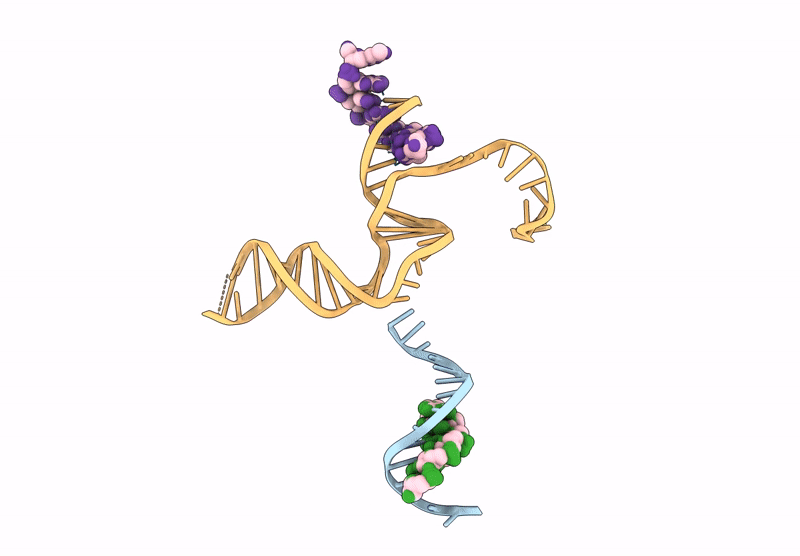
Deposition Date
2024-09-02
Release Date
2025-11-12
Last Version Date
2025-11-12
Method Details:
Experimental Method:
Resolution:
7.32 Å
R-Value Free:
0.22
R-Value Work:
0.14
R-Value Observed:
0.15
Space Group:
H 3


